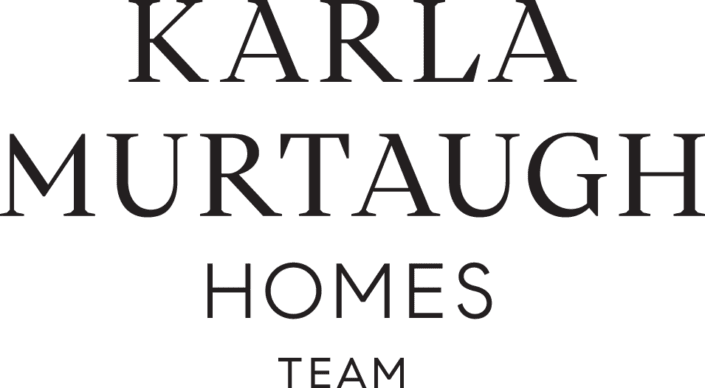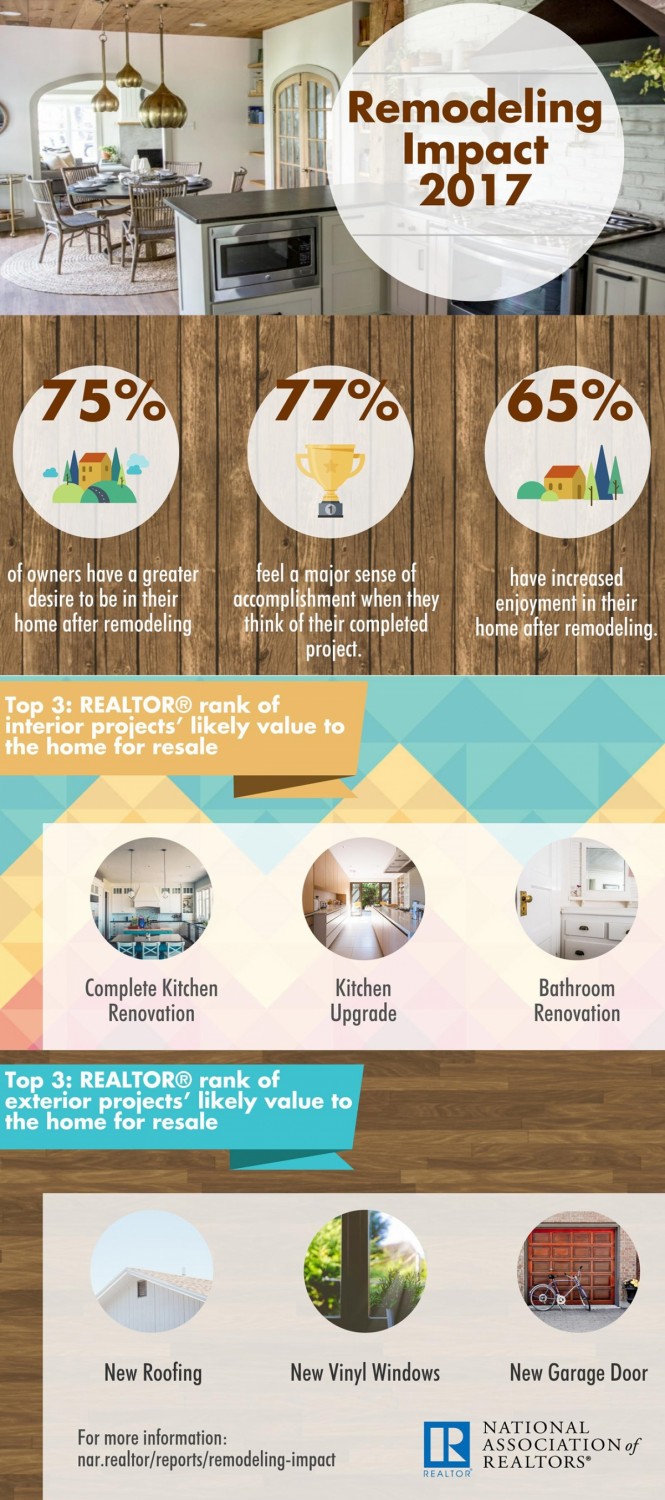It’s Time To Give Your Home Its Spring Tune-up
Oftentimes, homeowners really only pay attention to the less obvious maintenance and upkeep at their homes if they are thinking of selling. We’re here to tell you that regular preventative maintenance is actually better for your home in the long run, and often helps head off expensive repairs that can come when a buyer conducts a home inspection.
Regardless of your real estate intentions, after a long winter it’s great to have a checklist of things to look for and have serviced regularly.
Inspect your HVAC system
Schedule your yearly heating and air conditioning checkups as you emerge from winter to make sure you are covered for the upcoming year. This may prevent costly repairs that can creep up over time. By maintaining your systems, you are in a good position to prevent small repairs from becoming large headaches over time.
Test your well water
It’s easy to forget about this crucial item especially if there is no noticeable change in the taste, smell or color of the water. But just because you don’t see a change, it doesn’t mean there isn’t one. Many hardware stores offer basic at home test kits, but for a more comprehensive test including items like radon, arsenic and uranium, it’s important to contact a professional. Our bodies are 70% water and these compounds can build up in our systems over time, so testing your water every year or two is an easy way to keep yourself and your loved ones healthy.
Pump your septic
With average use it is recommended that you have your septic tank pumped every two years to keep it in tip-top condition. If you are planning on selling your home and your septic is on the older side, it may also be advisable to do a pre-inspection, especially if there are no records as to where the leaching fields and tank are located. This will help preempt any surprises later on.
Clean the gutters and downspouts
Clogged gutters and downspouts can cause the trim and eaves to rot resulting in costly repairs. If you don’t like heights, getting on a regular schedule with a reputable gutter cleaning service makes the job hassle free and ensures that the water keeps flowing freely throughout the year. The company will also alert you to any changes in your gutters that could compromise their efficiency and result in damage to your house or foundation.
Inspect your roof
Winter storms and high winds can take a toll on the roof. Look for loose shingles, metal pipes that are damaged or missing, or anything that doesn’t look right. If your roof has mossy build-up or discoloration, contact a roof and gutter professional to do a “soft wash” to protect the shingles and get the most life out of your current roof. If it’s time for a new one, there are many new choices, so talk to a professional about what kind of roof best suits your needs and budget.
Check the exterior for wear and tear
Ice and snow can wreak havoc on concrete patios and walkways, as well as asphalt driveways. Take a walk around and make note of any repairs that need to be patched, repaired, replaced or repointed. It’s also important to make small touch-ups to the exterior paint yearly where it may be chipped or peeling in order to avoid repeated weather related damage. Even if you don’t plan to repaint the whole exterior, keeping the trim and siding in good shape will go a long way towards ensuring the woodwork stays healthy for years to come.


